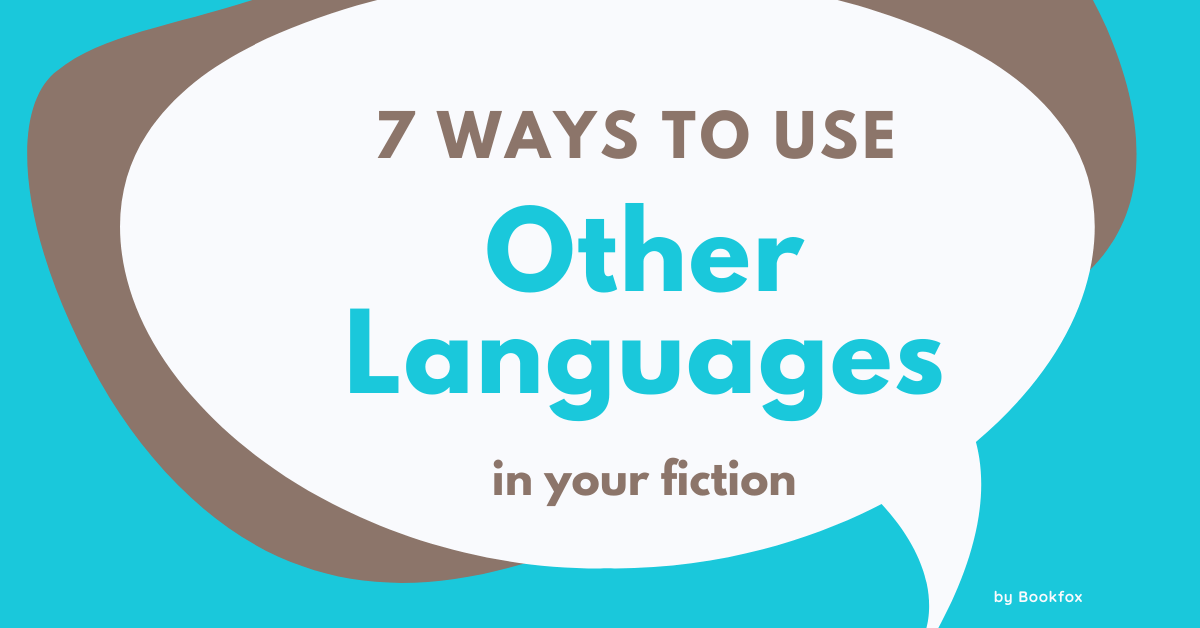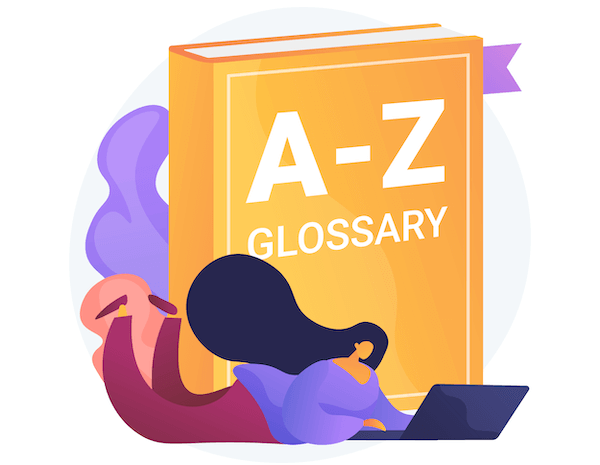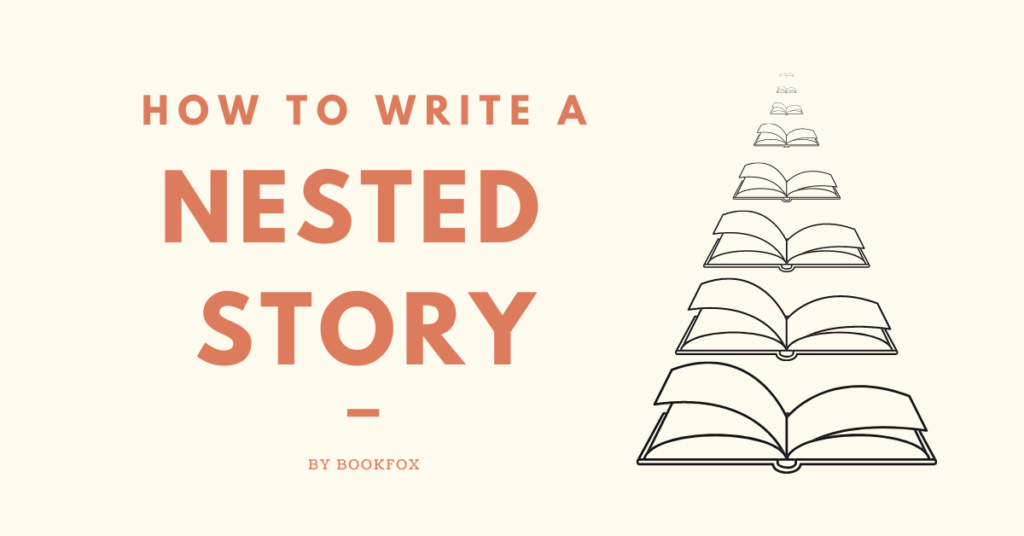 One of the greatest strengths of novels is their ability to include the voices of a wide cast of characters.
One of the greatest strengths of novels is their ability to include the voices of a wide cast of characters.
However, if these characters speak different languages from the one you are writing in, you end up with a dilemma: How do you handle other languages within your fiction?
When writing multi-lingual scenes, you have to balance two obligations:
- You need to accurately portray the voices and experiences of your characters.
- You need to clearly communicate these voices and experiences to your readers.
Here are 7 ways to use other language in your fiction:
1. Keep Both Languages (Repeat the Phrase)

If you want your readers to understand the exact meanings of words from your source language, you can provide translations within the text.
Sandra Cisneros uses this technique in her autobiographical piece, “Only Daughter.” The narrative is about Cisneros’ relationship with her Mexican father. In order to capture his voice, she needs to include some of his Spanish speech.
In one scene, she shows his positive reaction to her college plans:
“‘Que bueno, mi’ha, that’s good.’”
The last part of the sentence is a translation of the first part. The sentence explains itself. It’s okay if the reader misses that the middle clause is a contraction meaning “my daughter,” because it’s clear from context that he is addressing his daughter.
Later, Cisneros makes a distinction between two Spanish words:
“I wanted my father to understand what I was scribbling, to introduce me as ‘My only daughter, the writer.’ Not as ‘This is only my daughter. She teaches.’ Es Maestra—teacher. Not even professora.’”
Cisneros makes sure the reader sees the difference:
- She translates most of the father’s speech into English, only giving the crucial words in Spanish. They are both feminine nouns, reinforcing the role of gender.
- “Es Maestra” is translated twice. By sandwiching the phrase between “teaches” and “teacher,” there is no way an English reader can miss the meaning: “She is a teacher.”
- “Professora” is left untranslated. The Spanish word is needed for contrast against “maestera,” but it is similar enough to the English “professor” that she can trust the reader to figure it out.
Limits of this Approach:
This strategy requires a lot of work for just a couple words, so it’s not practical to use it for large chunks of language. It works great if you only need to focus on a few crucial words.
Don’t Shoehorn:
There is a difference between explaining words to your reader and shoehorning in translations. Cisneros’ approach works because she finds ways to explain the meaning of words within her sentences. Readers learn the translations while moving forward through her narrative.
She does not simply drop in parenthetical translations. That approach is used in expository writing, but will break the flow of your fiction.
2. Full Translation (Write it in English)

Just because characters are speaking a language other than English does not necessarily mean that you need to actually write non-English words.
Often, it is enough to simply indicate that a conversation is happening in another language. David Bezmozgis uses this strategy in his short stories about Russian-Jewish refugees in Canada:
“In Russian, I asked him if all that stuff his father had said really happened.”
Bezmozgis introduces the dialogue with the phrase, “In Russian.” The reader accepts that the following words are spoken in Russian.
Indirect Vs. Direct Dialogue
Bezmozgis’ narrator relates his speech through indirect dialogue. He is reporting the content of his question, not delivering an exact quote.
Because indirect dialogue is understood to be summary, it buys you leeway in how you render the translation. There is no expectation that you are capturing the actual words as spoken.
That being said, the full translation method can be used with direct dialogue as well.
Anthony Marra does this in A Constellation of Vital Phenomena. This English-language novel is set during the Chechen War, where most characters are speaking Chechen or Russian:
“‘What’s your name?’ she asked in Chechen.”
Marra uses a clear dialogue tag after the fully-translated sentence. He makes sure to tell the reader who is speaking, and what language they are speaking in.
Word-for-Word Vs. Sense-for-Sense
There are two main types of translation:
- Word-for-word translation is more literal, as it sticks to the strict meaning of source language words.
- Sense-for-sense translation is looser, as it focuses on communicating ideas in the target language.
When you write non-English dialogue in English, you are essentially translating imagined source-language dialogue.
A sense-for-sense approach will often be more effective. You want your reader to be immersed in the action of your scene, and using English idioms and syntax can be less distracting. If characters are speaking a language they are fluent in, it generally makes sense for their speech to sound fluent in English.
That being said, sometimes a word-for-word approach can help you capture the feeling of the source language.
Michael Chabon’s alternate history novel The Yiddish Policemen’s Union is set in a fictional Yiddish-speaking city in Alaska. A line of dialogue reads:
“‘Go shit in the ocean,’ Dick says in flawless Yiddish.”
The phrase “go shit in the ocean” is a word-for-word translation of a common Yiddish swear. A sense-for-sense translation to American English would be something like “screw you.”
The literal inclusion of the idiom makes the English feel more like Yiddish. This works along with the “flawless Yiddish” tag to convince the reader they are hearing Yiddish.
3. Untranslated (Let it Be)

Translation is a form of compromise. It might not be a compromise you want to make.
If you are depicting a language community where English and another language are routinely mixed together, you might leave some words untranslated. (This strategy can also apply when writing about a language community where people speak different forms of English.)
The benefit of capturing the sound of speech can outweigh any reader confusion. Further, you might be writing for an audience who is used to hearing this mix of language.
Let Setting Dictate Language
Cormac McCarthy’s Border Trilogy is set on the U.S./Mexico border. As part of depicting this setting, McCarthy mixes English with untranslated Spanish.
In the trilogy’s first book, All the Pretty Horses, the main character, John Grady Cole, returns to a Mexican ranch:
“The vaqueros had finished their meal and were sitting out under the ramada smoking.
Buenas noches, he said.
Eres tú , Juan?
Claro.
There was a moment of silence. Then someone said: Estás bienvenido aquí.
Gracias, he said.
He sat and smoked with them and told them all that had happened.”
Even if a reader doesn’t follow all the dialogue, the scene’s action is clear. Offering a translation would undermine the establishment of setting. McCarthy wants to make it clear that John, an English-speaking Texan, has entered into a Spanish-language space.
Provide Context
Salman Rushdie often includes words from South Asian languages, such as Hindi and Urdu, in his English-language fiction.
Rushdie attributes this technique to reading Philip Roth:
“I saw his willingness to use untranslated words from another language. Reading Roth, I wondered do all Americans know what it means to be given a zetz to the kishkes? … I understand that English could be chutney-fied as long as I used context.”
The context is key here.
This passage from Rushdie’s novel Midnight’s Children contains a couple non-English words:
“‘Husband, janum, life of mine, what is happening here?’ … But ‘We must go,’ S.P. Butt says, and Ahmed Sinai is leaving, crumpled night-pajamas and all, rushing clatter-footed out of the house with the thin one and the spineless one, leaving behind him uneaten khichri…”
The surrounding language makes the words’ meanings clear:
- “Janum” comes between “husband” and “life of mine,” so it is clearly a term of endearment.
- The “khichri” is “uneaten,” so it is clearly a type of food.
It is not necessary for a reader to understand the exact meaning of every word, as long as context indicates their general function.
Keep Untranslatable Words
Some words are essentially untranslatable. Let these words be.
For example, the interjection “nu” is used frequently in Yiddish. There are many possible translations, but they are all situationally-dependent, and none captures the full meaning of the word.
In Grace Paley’s story “Dreamer in a Dead Language,” she includes the word untranslated:
“Last train left already for there, too bad, too bad. Nu, then to Russia?”
This line captures the speech of the character, an elderly Jewish immigrant who speaks a Yiddish-inflected English. Attempting to translate “nu” to something like “well” or “so” would not make his speech more comprehensible, but would sacrifice sound and characterization.
4. Transliteration (Stick to One Alphabet)

Things are more complicated when you are working with a language that does not share the Roman alphabet with English. Any English-reader can sound out Spanish words. The same isn’t true words written in Cyrillic or Hebrew text.
Transliteration—the process of converting writing into a different alphabet—is a different issue than translation.
Unless you have a specific, important reason to include words written in anything other than the Roman alphabet, transliteration is a more effective tactic.
The Sound of Transliterated Speech
In “Sister Hills,” a story about Hebrew-speaking characters, Nathan Englander leaves a traditional blessing untranslated:
“‘Baruch dayan emet,’ Aheret said. And then: ‘Mercy upon you, a terrible loss.’”
The context makes it clear that these are consoling words. Maintaining the sound of the blessing is more important than providing a translation.
However, Englander has not left the Hebrew un-transliterated (ברוך דיין האמת), as this would be unintelligible to most English-language readers. The benefit of the sound would be lost.
The Cost of Non-Transliterated Speech
In Pushing the Bear: A Novel of the Trail of Tears, Diane Glancy writes dialogue in the Cherokee syllabary:
“‘In our language, my husband told me to carry the crying baby. We were going to a stockade in Tennessee.’
‘ᎢᏣᏖᏔᏗᏍᏘᏱ’ I told him.”
The creation of the written Cherokee syllabary is intertwined with the history of violence and erasure Glancy is depicting. It makes sense for her to include written Cherokee un-transliterated.
There is a tradeoff, though: the inclusion of the Cherokee symbols comes at the expense of wider reader comprehension.
5. Provide a Glossary (The Textbook Method)

The most comprehensive approach is to provide a glossary of non-English words used in your book.
Madison Smartt Bell’s All Souls’ Rising takes place during the Haitian Revolution. At the end of the book, he provides a section called “Another Devil’s Dictionary,” with definitions of over one-hundred culturally-specific French and Creole terms.
A typical entry reads:
“négociant: businessman or broker involved in the export of plantation goods to France”
Bell is committed to accurately portraying Haitian history in All Souls’s Rising. To this end, he also provides an extensive “Chronology of Historical Events.”
Nonfiction authors use glossaries much more often than fiction writers do. It might be an in appropriate solution if you are writing a lighter book. On the other hand, if your goal is complex cultural understanding, then this approach is by far the most thorough.
Downside: The glossary approach requires significant reader buy-in. Not all readers will want to stop mid-paragraph to find a definition in a glossary.
6. Don’t Fake It (Respect the Language)
 Sometimes a project requires you to interact with a language you have no knowledge of.
Sometimes a project requires you to interact with a language you have no knowledge of.
For instance, the plot of your international thriller might call for a scene in Hanoi, even though you don’t know a word of Vietnamese.
Avoid this mistake:
It can be tempting to use Google Translate to throw in a touch of another language. DON’T. This never works well.
Google Translate is no substitute for practical linguistic knowledge. Relying on it, or any other automated translation, can lead to embarrassing misuses.
Nothing will make an editor or reader lose faith in an author faster than seeing a word used incorrectly—in any language.
How to Work With a Language You Don’t Know
The simplest answer is to stick with the full translation method. This will allow you to bypass the problem altogether.
However, if your project requires the actual inclusion of another language, you will have to do one of two things:
Consult a Native Speaker
If you have a friend, relative, or colleague who is a member of the language community you are writing about, then they are the best source. Fellow writers are often willing to help each other out.
If the language work is extensive, you may need to pay a language consultant (like a language teacher or graduate student).
Study the Language
Fiction often requires research. Just as historical fiction requires historical research, multi-lingual fiction might require language research.
The growth of online language-learning opportunities makes this option more accessible than ever. You might also want to read articles about specific language usage issues. Philip Meyer researched Comanche grammar in order to portray the language accurately in his Revisionist-Western novel, The Son.
This option seems intimidating, but learning a bit of a new language will help you gain a deeper understanding of how your characters communicate. Your goal is merely a general understanding—not fluency.
Other Benefits of Language Study:
Language study is great training for a fiction writer.
For example, engaging with the flexibility of Russian sentence-structure will give you a new perspective on sentence making. This will help you become more intentional with the structure of your English sentences.
7.) Play with Language (In Your First Draft)

Having access to multiple languages is a gift for a writer. The more ways you know how to communicate using words, the more possibilities you have in your writing.
While it is important to consider reader comprehension before you send your work out, you don’t want a fixation on these concerns to prevent you from drafting scenes.
Natalie Goldberg makes a distinction between the “creator” part of you who writes first drafts, and the “editor” part of you who revises later drafts:
“It is important to separate the creator and the editor or internal censor when you practice writing, so that the creator has free space to breathe, explore, and express.”
In your first draft, you can let language run free. Write dialogue and narration in whatever way makes sense for your characters, your setting, and your own writing process. The collision of languages might lead you to unexpected and interesting places.
You can—and will—worry about clarity problems when you get to the revision stage. Feedback from beta readers will help you determine what needs to be done for reader comprehension. If you find that you need to bring in any of the above strategies, you can do so at any point.
Guest Author:
Ben Nadler is the author of the novel The Sea Beach Line. He is currently a Ph.D. candidate in English at SUNY Albany.



6 comments
I’m just starting to pick up writing in a way and I was looking for inspiration as well as guidance. This read was helpful, I’m excited to see what I might come up with!
This was all very interesting. Pity it doesn’t cover my situation.
It was extremely helpful as I am writing a memoir of my childhood in Soviet Union and all dialogs were in Russian. I will buy the book you’ve recommended. Thank you for the post.
This is not what I was expecting. I’ve got a scene between two members of a fictious tribe. I’m using words as if they are a direct translation to English (e.g. they say “sky hunter” to mean a falconiform like an eagle). I used to read a lot of comics, and they used angle brackets to say, “Hey, the writer is translating this from another language for you,” but it seems that convention hasn’t made the leap to text-only books. More’s the pity that readers probably won’t understand it (unless they’re comic book fans).
Very helpful, thank you. My writing includes Greek idioms and I’m grappling with the issues you discuss
Very excellent information that believe it or not was hard to find online.
Much obliged.